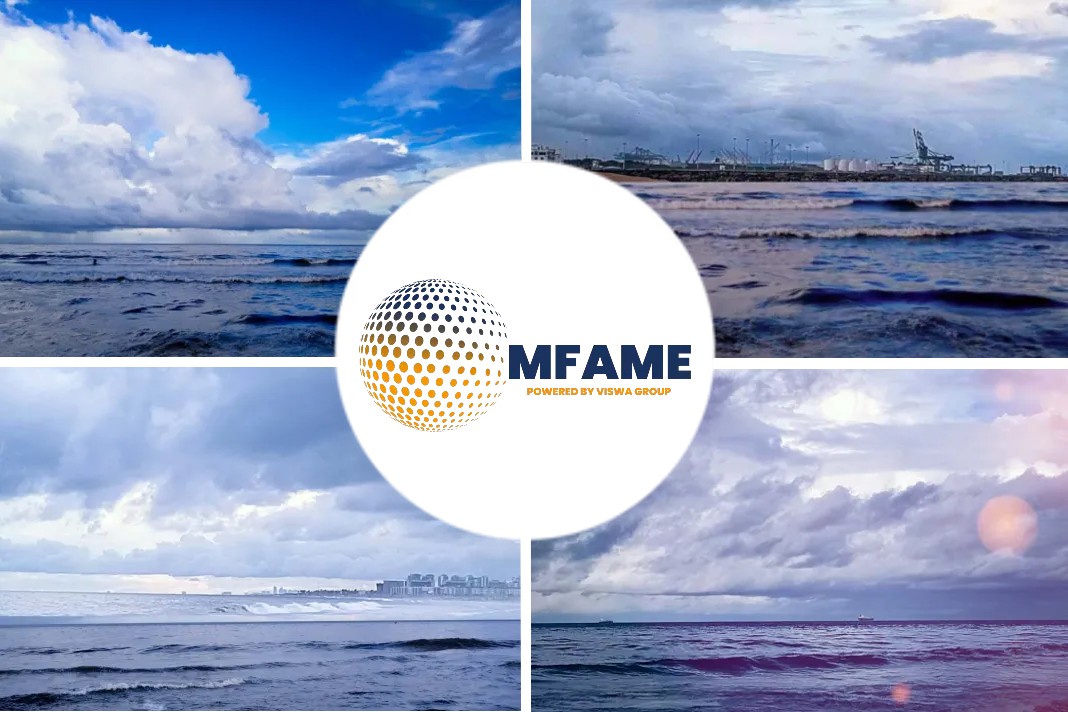
In the ever-evolving world of marine transportation, there’s a revolution underway. ABB, a global leader in power and automation technologies, is making waves with a groundbreaking innovation inspired by the majesty of humpback whales, as reported by Rivieramm.
- ABB’s Dynafin, inspired by whale movements, offers marine vessels up to 85% propulsive efficiency, reducing fuel use and emissions by over 20% compared to conventional propellers.
- Its individually controlled blades allow precise maneuvering and rapid thrust changes, saving fuel and reducing power requirements.
- ABB plans to launch Dynafin for applications in offshore wind installation ships, coastal cargo vessels, passenger ferries, and specialized craft, with an eye toward larger multi-megawatt ratings in the future.
The Whale-Inspired Revolution
Whale tails have evolved over 50 million years to achieve extraordinary propulsive efficiencies of up to 90%. In contrast, traditional ship propellers typically achieve around 70% efficiency. ABB’s Dynafin takes inspiration from these natural marvels and features five individually pitch-controlled blades, enabling dynamic adjustments during each revolution. This real-time adaptation optimizes hydrodynamic efficiency, surpassing the limitations of conventional fixed-pitch propellers. This innovation mimics how the flukes of whale tails produce propulsion and lift.
Unparalleled Maneuverability
One of the standout features of ABB Dynafin is its ability to shift from zero to full thrust at any angle in approximately one second. This precision allows for dynamic positioning, station keeping, and on-the-spot rotation during harbor transits. The benefits extend beyond maneuverability, offering exceptional fuel savings and requiring 20% less installed power compared to conventional propellers. These savings encompass engines, fuel tanks, and equipment, making it an attractive choice for environmentally conscious vessel operators.
A Journey of Innovation
The journey to develop ABB Dynafin began in 2013 when ABB recognized the need for a revolutionary approach to marine propulsion. Engineers explored 69 different options, eventually discovering the potential of individually controlled cycloidal propellers to drive efficiency improvements. Extensive research and computational fluid dynamics simulations led to the optimization of hydrodynamic design. Physical scale model testing confirmed open water propulsive efficiency of up to 85%. This cutting-edge propulsion system is set to undergo full-size pilot testing between 2025 and 2026.
Expanding Possibilities
ABB’s ambitions for Dynafin extend beyond efficiency gains in existing vessels. The company plans to offer Dynafin units ranging from 1-4 MW initially, matching the power of existing azimuth thrusters. Applications are diverse and include offshore wind installation ships, coastal cargo vessels, passenger ferries, and specialized craft. Scaling up to meet the demands of high-speed ferries or cruise ships will require a larger and heavier propulsor, presenting a technical challenge. Nonetheless, ABB’s modular architecture gives confidence that Dynafin will ultimately extend to larger multi-megawatt ratings, reshaping the marine industry as we know it.
Did you subscribe to our daily newsletter?
It’s Free! Click here to Subscribe!
Source:rivieramm






















